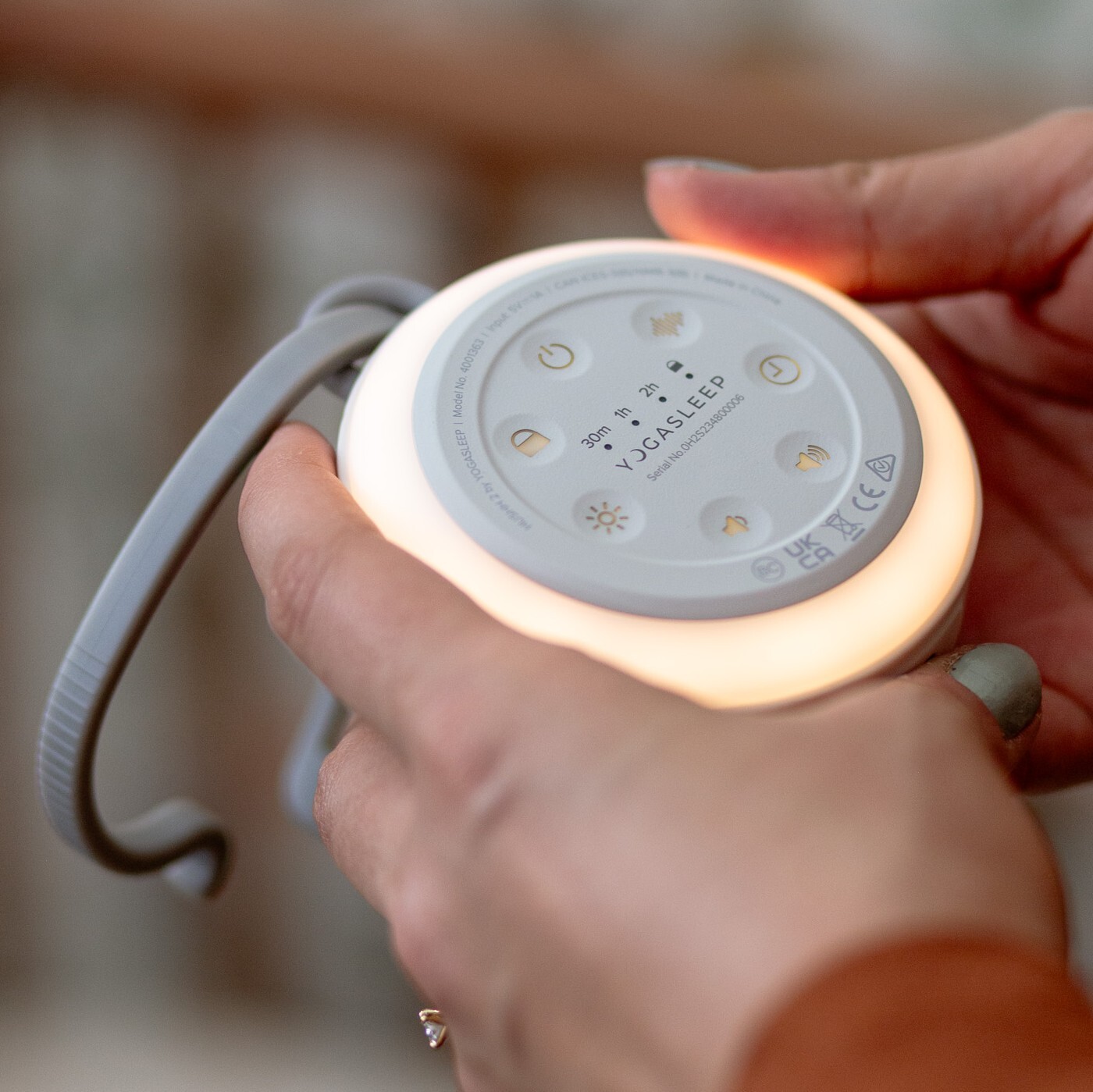Moving your hand or shaking your wrist can often help to relieve the symptoms of carpal tunnel syndrome (CTS). When sleeping, the symptoms can sometimes be improved by hanging the affected arm over the side of the bed.
If your CTS symptoms persist, a range of treatments are available, including surgical and non-surgical treatment options. The aim of treatment is to relieve the pressure on the median nerve so that your symptoms improve.
If your CTS symptoms are caused by an underlying health condition, such as rheumatoid arthritis, treating that should improve your symptoms of CTS.
Treatment for Carpal Tunnel Syndrome
Non-surgical treatments
In mild to moderate cases of carpal tunnel syndrome (CTS), non-surgical treatments such as wrist splints and corticosteroid injections are often recommended.
Wrist splints
The treatment which generally makes the biggest improvement to carpal tunnel syndrome in pregnancy is a wrist splint, worn at night to support the wrist and keep it in the same position. The splint prevents the wrist from bending, which can place pressure on the median nerve and aggravate your symptoms.
You should begin to notice an improvement in your symptoms quickly, often as soon as you start yusing one. Wrist splints are usually available from larger pharmacies or your GP may be able to recommend a suitable supplier.
Corticosteroids
Corticosteroids are a type of medication that contains steroids. Steroids are hormones, which are powerful chemicals that have a wide range of effects on the body, including helping to reduce inflammation.
Corticosteroids may be recommended to treat CTS if using a wrist splint does not ease your symptoms. The medication will help to relieve the pressure on your median nerve and reduce inflammation of the tendon.
Corticosteroids can be taken as tablets, although for CTS it is likely that you will have a corticosteroid injection directly into your wrist. One injection is usually recommended and it must only be given by a suitably trained healthcare professional, such as your GP or a hand surgeon.
In most cases, using a corticosteroid injection is an effective method of treating CTS. However, sometimes the symptoms of CTS may return, in which case surgery may be considered as a possible treatment option.
You will need to discuss using corticosteroid injection with your GP to assess risks versus benefits during pregnancy.
A corticosteroid injection can alsobe a good option post natally if wrist pain is making life with a newborn difficult, such as feeding baby is very painful.
Surgery
Surgery is usually only recommended for severe cases of CTS when the symptoms last for more than six months or if other non-surgical treatment options have not been effective in relieving your symptoms.
Surgery for CTS is known as carpal tunnel decompression surgery. This type of surgery is performed on an outpatient basis, which means that you will not have to stay in hospital overnight.
It is performed using local anaesthetic so that your hand and wrist will be numb but you will remain awake throughout.
During surgery, the surgeon will open the roof of the carpal tunnel, known as the transverse carpal ligament, to release the ligament and reduce the pressure that is being placed on the median nerve in the wrist.
There are two ways that carpal tunnel surgery can be carried out. Surgery can either be:
-
open release surgery
-
endoscopic surgery
Open release surgery
Open release surgery is the traditional type of surgery that is used to treat CTS. The surgeon will make an incision (cut) in the wrist and will then cut the carpal ligament. This will widen the carpal tunnel and relieve pressure on the median nerve that causes the symptoms of CTS.
Endoscopic surgery
Endoscopic surgery
Endoscopic surgery can be performed using two different techniques. The surgeon can either make one small incision (cut) at the wrist (one-portal endoscopic surgery) or two small incisions at the wrist and palm (two-portal endoscopic surgery).
An endoscope is a long, thin flexible tube that has a light and camera at one end. It is passed through the incision and allows the surgeon to see the carpal ligament on a monitor before they cut it to relieve the pressure on the median nerve.
Endoscopic surgery usually has a slightly faster recovery time than open surgery and may result in less scarring and tenderness. Apart from this, there is no real difference in terms of success between the two approaches.
Considerations
Your surgeon will be able to discuss the most appropriate method of surgery with you. Factors that may affect your decision to have surgery include:
-
possible complications after surgery (see below)
-
the recovery time following surgery
-
how successful non-surgical treatments have been
In most cases, surgery for CTS provides a complete and permanent cure. In a survey of 4,000 NHS patients who had surgery, 75% thought that the surgery had been completely successful. However, as with any form of surgery there is always a small risk of complications.
Reported complications of CTS include:
-
infection
-
failure during surgery to fully separate the roof of the carpal tunnel
-
bleeding after the operation
-
nerve injury
-
scarring
-
persistent wrist pain (failure to relieve CTS symptoms)
-
in rare cases, the return of CTS symptoms following surgery
-
complex regional pain syndrome – a rare, but chronic (long-term) condition that causes a burning pain in one of the limbs
After surgery
Following surgery for CTS, your hand will remain in a bandage for a couple of days and you may need to wear a sling.
Keep your hand raised for 48 hours following surgery to help reduce any swelling and stiffness in your fingers.
To help prevent stiffness, gently exercise your fingers, shoulder and elbow. You may be able to start these gentle exercises on the day of your operation.

























